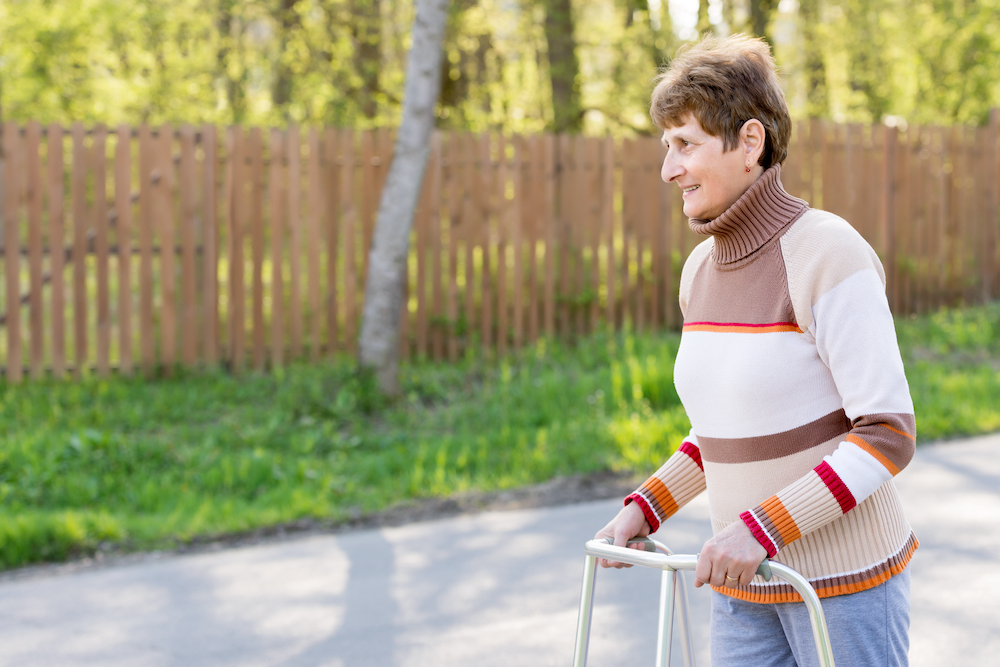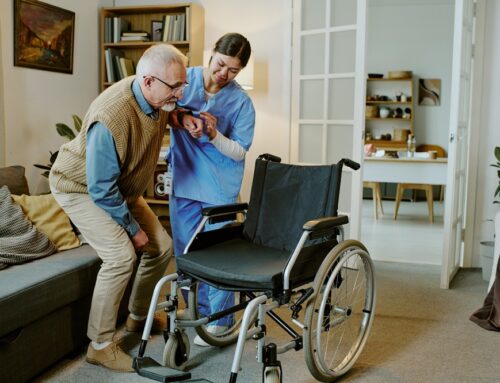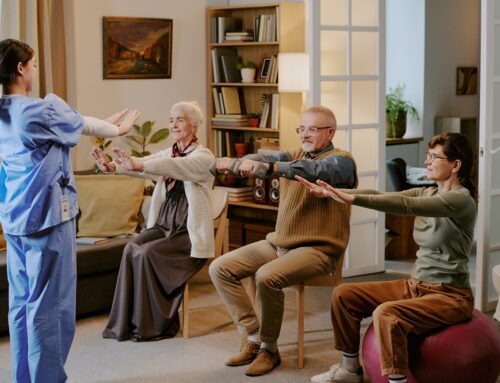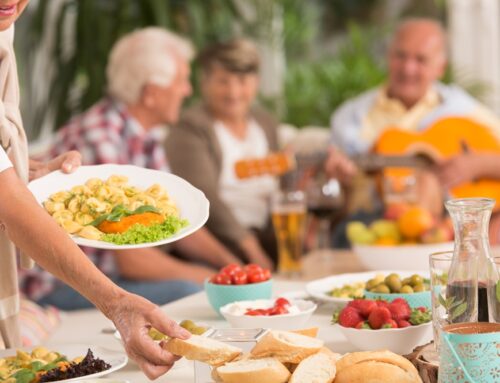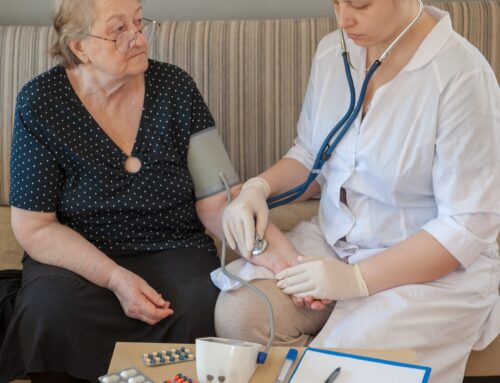Senior living facilities do not always have the resources to accommodate residents properly. Some of the most common issues are associated with falls. Falls are a common risk factor because of changes in balance, vision, or cognitive impairments. This blog post provides ten essential tips for decreasing fall risks for seniors in assisted living Palm Springs and ensuring the safety and well-being of residents who live there.
1.) Install Safety Rails Along Certain Areas of the Facility
Safety rails are a great way to assist residents who are not sure on their feet. Install safety rails along commonly walked paths such as the walking areas in all facilities, halls, and near doors. Ramps should incorporate a ramp railing system. Home care facilities that are thinking about installing safety rails should install them on both sides to avoid uneven planks.
2.) Install Lighting
Lighting can make all the difference when it comes to assisting in daily activities. When lighting is present, it can be used in visual acuity testing and assessment of falls. This is particularly helpful when assessing low vision conditions and actions to reduce fall risks for seniors in assisted living Palm Springs
3.) Install Hand Holds
Installing hand holds can be a great way to support residents who are unsteady on their feet. These handholds should be sturdy and not easily removable so that they won’t cause any harm or injury. They can be installed on walls and railings in facilities, as well as for exit doors like pull handles.
4.) Remove Unnecessary Furniture
Furniture can tip over if it is not set up properly. Remove any furniture that is not crucial or necessary to daily living. This can include extra chairs, sofas, or tables because they are a tripping hazard and a danger to residents when they are being used by staff and visitors of the facility.
5.) Ensure That the Flooring Is Level and Stable
If residents are unsteady on their feet, it is important to ensure that the flooring is level and stable. This can be achieved by keeping a good distance between walls and furniture, as this can create gaps in the space, which can change a person’s stability. The floor should be level throughout the facility, including areas where the carpet is featured, like near furniture and in hallways.
6.) Ensure the Seniors Get Enough Physical Movement and Exercise
Regular physical movement is essential to ensuring that seniors stay healthy, strong, and independent. This movement can decrease the risk of falls, as seniors are more likely to lose their balance when they become frail or have a loss of muscle mass. Brisk walking outdoors, swimming in a pool, low-impact aerobics, light weights for strength exercises, and yoga are great forms of exercise for seniors.
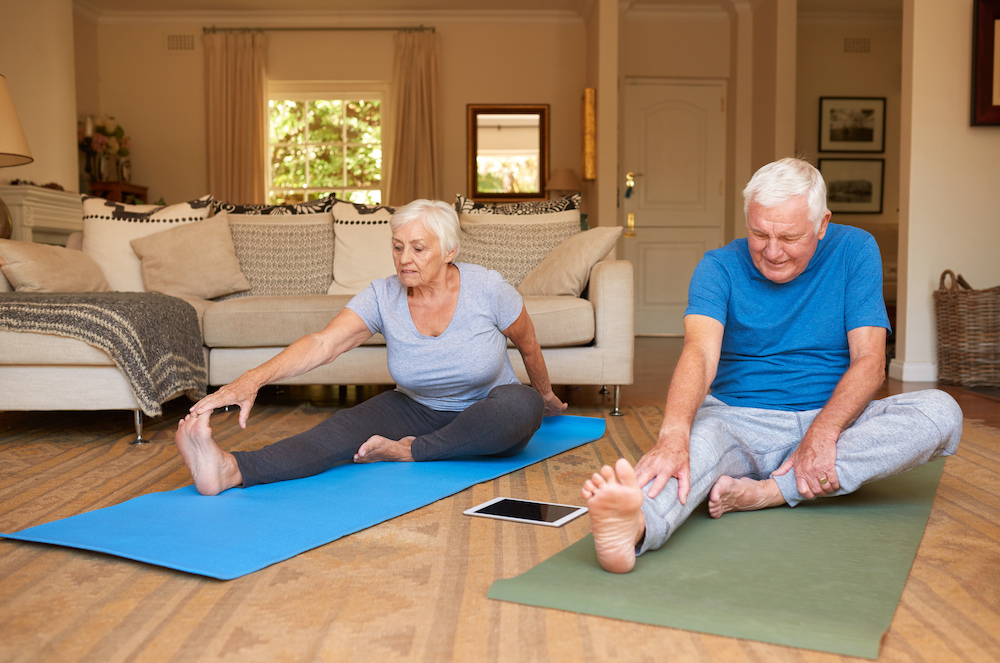
7.) Ensure the Seniors Get Enough Rest
Rest is important to keep seniors’ brains and muscles strong. Our brains require rest in order to function optimally and maintain memory, so seniors need at least eight hours of sleep every night. When it is time to retire, it is important to have a plan in place in case the facility needs assistance. It is also important that there are safety rails installed so that falls from the beds or chairs won’t happen.
8.) Concern about Falls Needs to be Respected and Communicated
When seniors are experiencing a fall, their physician should be notified as soon as possible. When there is a concern about a senior falling, it is important to be vigilant and take action fast. A doctor should be consulted immediately if they are experiencing any of these signs: loss of balance, dizziness, confusion, or vision changes; any dizziness can lead to falls too.
9.) Use Proper Techniques and Equipment to Assess Falls
Assessing falls requires a lot of skill as well as planning. There are three main areas where falls occur: the toilet, the bathroom, and the bed. To prevent falls in each of these different environments, it is crucial that seniors have handrails beside all toilets in their homes so that they don’t have to worry about balancing themselves when using the restroom.
10.) Limit Alcohol Consumption
While alcohol is not always related to falls, it can certainly exacerbate their effects. Seniors need at least three days of rest after drinking in order for the body to recover from alcohol consumption and its effect on balance. Depending on the effects of alcohol consumption and the person, it can take even longer to recover from alcohol consumption. Alcohol consumption should only be monitored when the individual has had problems with falling in the past.
11.) Develop a Fall Prevention Plan for Staff
It is important to conduct a survey and survey the staff about where the residents fall. This can be done through an observation room. Staff members should be trained to use safety equipment such as safety belts and gait belts. Assessments should be done regularly by staff as well. For more information on falls and fall risks in assisted living Palm Springs, family advocacy organizations may also have more information on their websites.
12.) Seniors Should Keep Blood Pressure in Check
Having blood pressure under control is important because if it is too low, seniors will be unsteady on their feet. They can easily get dizzy and lose their balance. If blood pressure is too high, seniors could experience a stroke or heart attack, which may lead to falls. A healthy diet and routine exercise can reduce the risk of heart attacks or strokes.
13.) Regular Eye Exams Can Help
Seniors need regular eye examinations. The doctor will be able to tell them if they have problems with their eyes, including any irregularities that can cause falls. If the doctor needs to prescribe glasses with anti-glare, seniors will be able to see more clearly and avoid tripping or falling.
Conclusion
Seniors who live in assisted living Palm Springs should take action to reduce any fall risks they may face. This action can include changes to their home environment and staff training that is tailored to their individual needs. The steps put in place to reduce fall risk are the key to keeping seniors happy and healthy.

